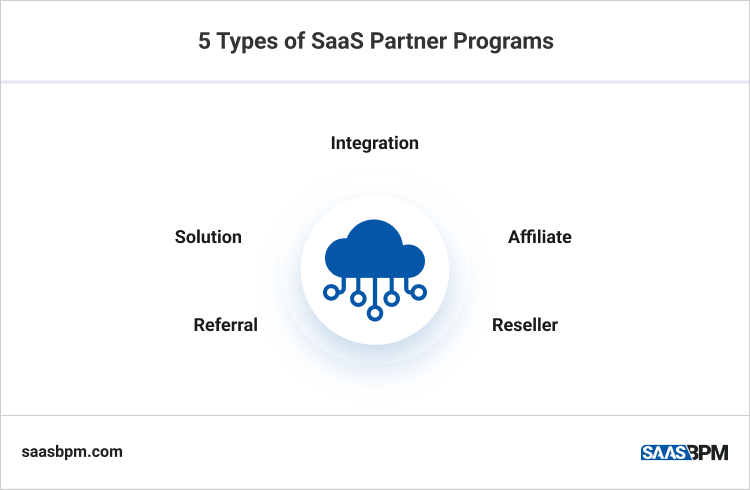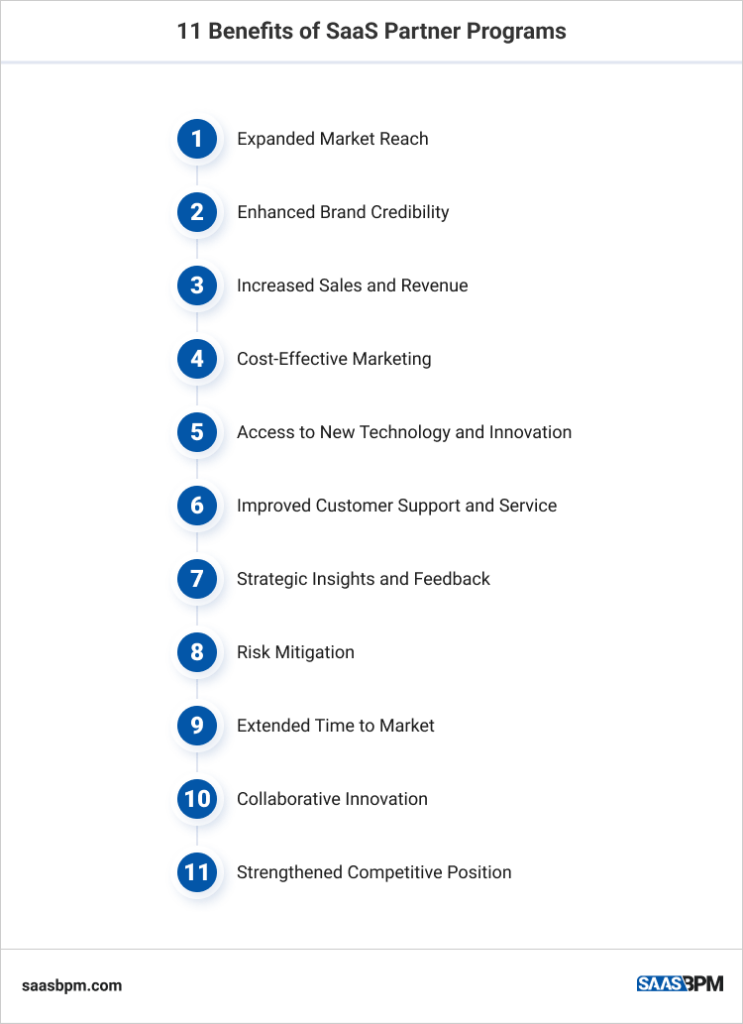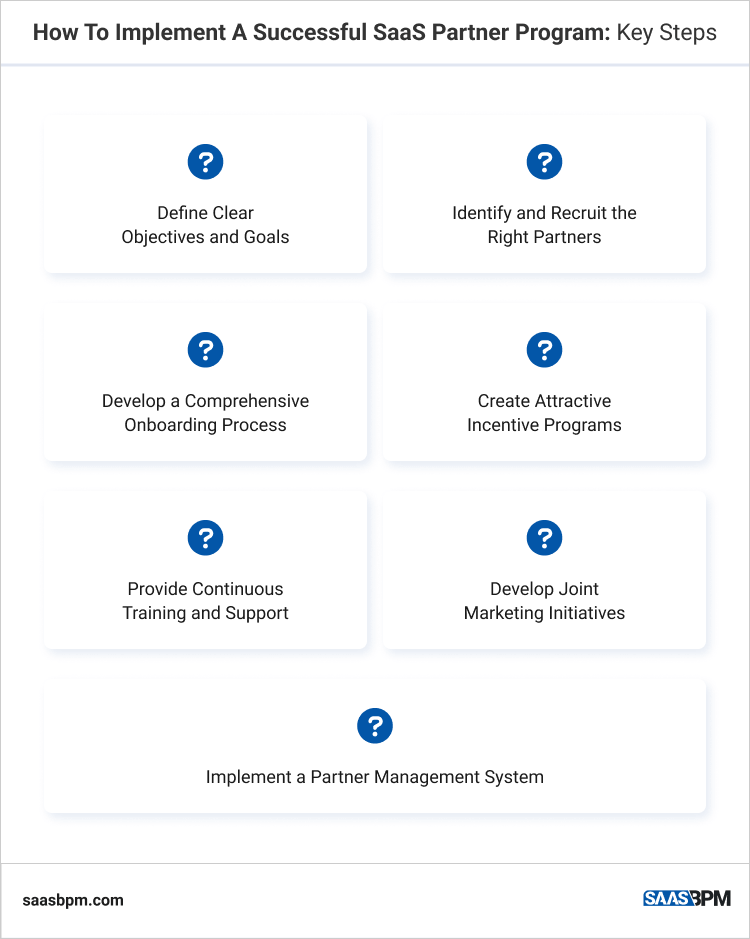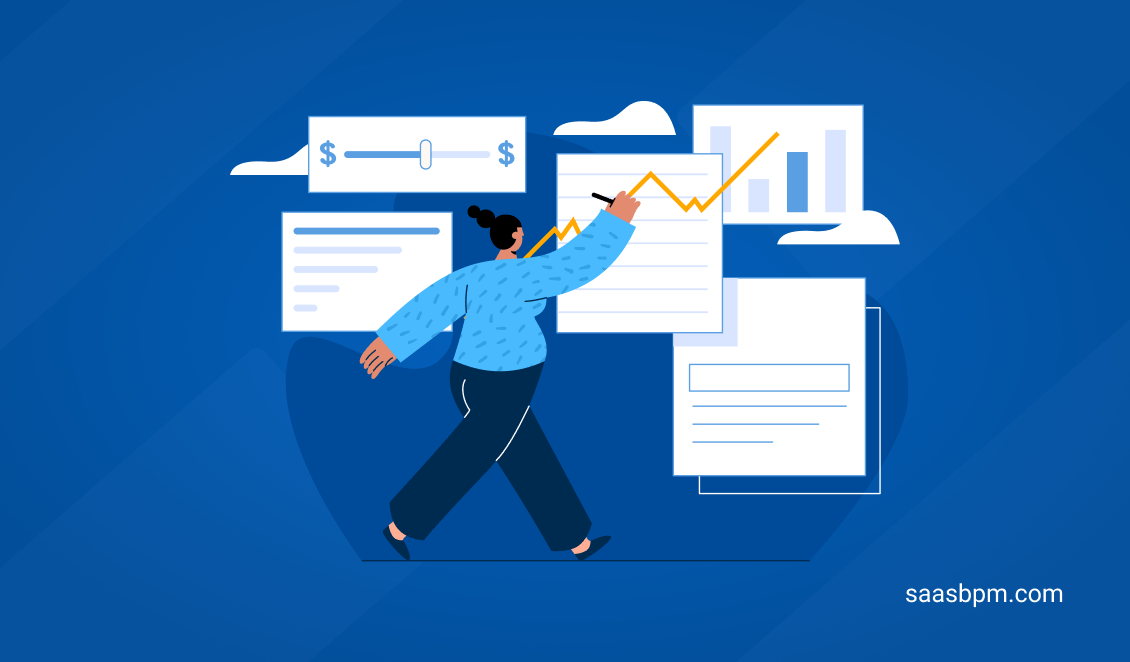When it comes to SaaS companies, building strong partnerships can be a game-changer for your business. Here in SaaS BPM, we know firsthand how vital SaaS partner programs are for expanding your reach, connecting with customers, and standing out in the market.
Launching a successful SaaS partner program starts with careful planning and open communication. It’s about creating a shared vision and aligning goals, so both you and your partners can leverage your strengths and market positions. A good starting point is a solid onboarding process that not only introduces your partners to your product but also immerses them in your company’s values and expectations. This ensures they’re ready to represent your brand effectively.
To keep your partners motivated and on track, it’s essential to offer ongoing training, marketing support, and attractive incentives. Regularly checking in with performance metrics and gathering feedback helps you fine-tune the program, making sure it continues to meet everyone’s needs.
By focusing on these key areas, your SaaS partner program can not only get off the ground but also thrive in the long run, bringing significant benefits to all parties involved. As there are more than 30,800 SaaS companies worldwide, and each generates approx. 21% of its revenue via partner programs, collaborations are definitely something worth looking into.
In this article, we will explore what SaaS partner programs are, why they are important, and their key benefits. We’ll also outline essential steps for successful implementation and wrap up with a summary.
Let’s get started.
What Are SaaS Partner Programs?
SaaS partner programs (channel partnerships) are collaborations between software companies and third parties such as agencies, influencers, and other key stakeholders to achieve shared business objectives.
These programs come in various formats, including enterprise programs (between larger companies and corporations), affiliate marketing, referral programs, reseller partnerships, technology integrations, customer ambassador programs, and distributor collaborations.
To put it simply, SaaS partner programs fall into these types – Solution, Affiliate, Reseller, Referral, or Integration.

These partnerships are crucial for enhancing sales and marketing efforts. For example, partners can drive traffic to company websites, refer potential leads, and even close sales directly on behalf of the company.
In technology partnerships, companies often develop integrations that facilitate seamless data and workflow transfers between systems.
By leveraging the strengths and networks of their partners, SaaS companies can achieve greater market penetration, improved customer engagement, and accelerated growth. These programs not only drive business results but also foster long-term relationships that benefit all parties involved.
Why Are SaaS Partner Programs Important? 11 Benefits for Business

SaaS partner programs are crucial to scale your SaaS business rapidly, enhance market presence, and drive sustainable growth. Here are some of the significant benefits SaaS partner programs offer to businesses:
1. Expanded Market Reach
Partner programs enable SaaS companies to tap into new markets and customer segments that would be challenging to access independently. Partners often have established relationships and a deep understanding of their local markets, allowing for more effective penetration and faster growth. By leveraging their partners’ networks, SaaS companies can significantly broaden their audience and customer base.
2. Enhanced Brand Credibility
Working with reputable partners can enhance a SaaS company’s brand credibility and reputation. When a trusted partner endorses a product, it lends an additional layer of trust and reliability, making potential customers more likely to engage. This credibility can accelerate the sales cycle and improve conversion rates.
3. Increased Sales and Revenue
SaaS partner programs are powerful drivers of sales and revenue growth. Partners can refer qualified leads, assist in closing deals, and even handle the entire sales process. This collaborative approach not only boosts direct sales but also helps in upselling and cross-selling additional services. Moreover, partners often have specialized knowledge and expertise, which can lead to higher customer satisfaction and retention.
4. Cost-Effective Marketing
Marketing through partners can be more cost-effective than traditional methods. Partners often share marketing costs and efforts, leading to higher efficiency and lower expenditures. Joint marketing initiatives, co-branded campaigns, and collaborative events can reach a wider audience without significantly increasing the marketing budget.
5. Access to New Technology and Innovation
Technology partnerships enable SaaS companies to integrate their solutions with complementary products, creating a more robust and versatile offering. These integrations can enhance the overall customer experience by providing seamless workflows and data exchanges between different systems.
6. Improved Customer Support and Service
Partners can play a crucial role in providing localized customer support and service. They often understand the unique needs and challenges of their market better than the central SaaS company. This localized support can lead to quicker resolution of issues, higher customer satisfaction, and better retention rates.
7. Strategic Insights and Feedback
Partners offer valuable insights and feedback from the market, which can inform product development and business strategies. By maintaining close relationships with partners, SaaS companies can stay ahead of market trends, customer needs, and competitive dynamics. This feedback loop is essential for continuous improvement and innovation.
8. Risk Mitigation
Diversifying through partner programs can help mitigate business risks. Relying on multiple channels and partners reduces the dependency on a single revenue stream or market, enhancing business stability and resilience against market fluctuations.
9. Extended Time to Market
By leveraging the established infrastructure and expertise of partners, SaaS companies can accelerate their time to market. This is particularly important when entering new regions or launching new products. Partners can provide the necessary resources, local knowledge, and support to ensure a swift and successful market entry.
10. Collaborative Innovation
Partner programs foster a culture of collaborative innovation. By working closely with partners, SaaS companies can co-develop new features, products, and solutions that address specific market needs. This collaborative approach can lead to the creation of innovative offerings that stand out in the competitive landscape.
11. Strengthened Competitive Position
A robust partner network can significantly strengthen a SaaS company’s competitive position. Partners can provide unique value propositions and competitive advantages that are difficult for competitors to replicate. This can result in a stronger market presence and a more resilient business model.
How To Implement A Successful SaaS Partner Program: Key Steps

Implementing a successful SaaS partner program requires a strategic approach and meticulous execution. Here are the seven key steps to ensure your partner program thrives:
1. Define Clear Objectives and Goals
Before launching a partner program, it’s essential to define what you aim to achieve. Are you looking to expand your market reach, increase sales, enhance customer support, or all of the above?
Setting clear objectives helps in designing a program that aligns with your business goals. For example, if your primary goal is to increase sales, your program might focus on reseller partnerships and providing attractive incentives for high performance.
2. Identify and Recruit the Right Partners
Identifying the right partners is crucial for the success of your program. Look for partners who align with your company’s values, have a good market reputation, and possess the expertise and customer base that complements your product.
For instance, if your SaaS product is a marketing automation tool, ideal partners could include digital marketing agencies, CRM providers, or other tech companies offering complementary services. Recruitment efforts can include targeted outreach, attending industry events, and leveraging existing networks.
3. Develop a Comprehensive Onboarding Process
A structured onboarding process ensures that your partners are well-equipped to represent and sell your product effectively. This process should include detailed training on your product features, value proposition, target market, and sales strategies.
Providing resources like demo accounts, training materials, and a dedicated support team can significantly enhance the onboarding experience. For example, HubSpot offers an extensive onboarding program for its partners, including certification courses and access to a partner portal.
4. Create Attractive Incentive Programs
Incentives play a significant role in motivating partners to achieve high performance. These can include commission structures, performance bonuses, co-marketing funds, and tiered rewards based on performance levels.
For example, Salesforce’s partner program includes various incentive tiers, offering increasing benefits as partners reach higher sales targets and demonstrate strong performance.
5. Provide Continuous Training and Support
Ongoing training and support are vital for keeping partners engaged and informed about new product updates, features, and market trends. Regular webinars, workshops, and access to a knowledge base can help partners stay up-to-date.
Additionally, providing a dedicated partner manager can ensure partners receive personalized support and guidance. Adobe, for instance, offers continuous training through its partner portal and regular engagement with partner managers.
6. Develop Joint Marketing Initiatives
Collaborating on marketing efforts can significantly enhance the effectiveness of your partner program. Co-branded marketing materials, joint webinars, and collaborative campaigns can help reach a broader audience and generate more leads.
For example, Vidyard collaborates with its partners like Marketo on joint marketing initiatives, including co-hosted webinars and shared content marketing efforts, to drive mutual lead generation.

7. Implement a Partner Management System
A robust partner management system (PRM) can streamline the administration of your partner program. This system should include features for tracking partner performance, managing communications, and providing access to resources.
Tools like Salesforce Partner Relationship Management or PartnerStack can help automate these processes, making it easier to manage and scale your partner program.
Wrapping Up
SaaS partner programs are vital for business growth, offering expanded market reach, enhanced brand credibility, and increased sales. These programs leverage partners’ strengths for access to new technologies, improved customer support, and innovation. Successful implementation requires clear objectives, the right partners, comprehensive onboarding, continuous support, and effective management, ensuring long-term success.

